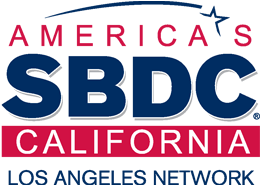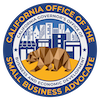Objectives, Strategies and Planned Actions for Making Profits and Managing Risk
Read MoreFrom Concept to the Customer
Read MoreMatters of Money and Markets
Read MoreRelating to Employees and Laws
Read MoreContract Opportunities and Beyond
Read MoreContract Opportunities and Beyond
Read MoreSupply Goods or Services Under Contract for the Government
Read MoreU.S. Small Business Administration
Read MoreVirtual Location Accessible through a Browser
Read MoreInputs into Goods, Services, or Results to Deliver Value to Customers
Read MoreExchange of Goods and Services Across Borders
Read MoreRecording, Performing and Reporting Financial Information
Read MoreWould you like to be added as a business resource? Click here for more information






